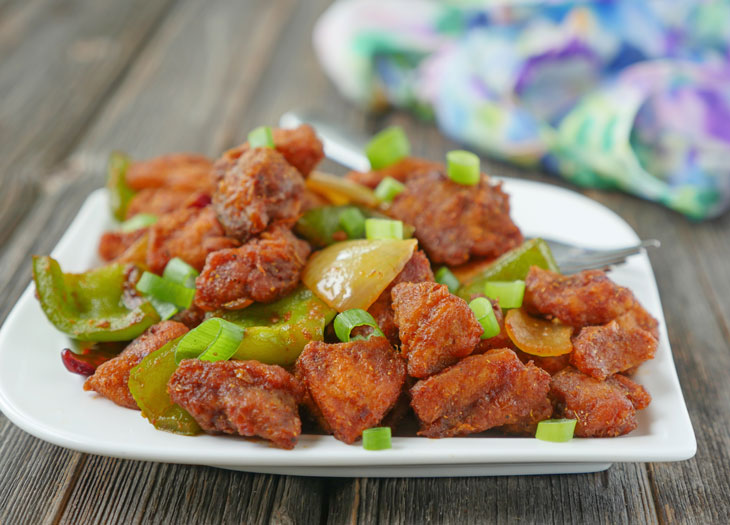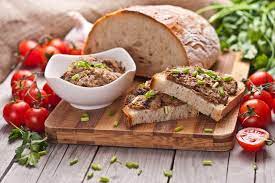Many places offer fried food. You can find fried food on all menus, whether a burger joint, an Italian restaurant, or even a holiday treat by frying a turkey. Knowing what oil to use and how to maintain your fryer is crucial for high-quality fried foods. This article will show you how to choose the best deep oil, how to change it, how you filter it, and how to dispose of your oil after it has become unusable.
Best Oil to Fry
Deep Frying is best done with vegetable oil. Other popular oils include peanut oil and canola oil.
Although vegetable oil, peanut oil and canola oil are the most common oils for deep-frying, there are many other oil options that you can choose from:
- Grapeseed Oil
- Soybean Oil
- Lard
- Corn Oil
- Cottonseed Oil
The Best Oil to Use for Frying
Olive oil is the best oil to fry in. Avocado oil is another great option. Monosaturated fats are considered healthier than polyunsaturated oils.
The Best Oil to Fry Chicken
Peanut oil, vegetable oil and canola oil are all great oils for frying chicken. They are great for frying chicken because of their neutral taste and high smoke points.
French Fries: Best Oil
A neutral-tasting oil is the best oil to make french fries. This oil also has a high smoke point, making it easy to ensure that your oil doesn’t burn too quickly.
Peanut Oil for Frying
Peanut Oil has low saturated fat and high levels of polyunsaturated and monounsaturated fats. It is, therefore, a healthier option than other frying oils like shortening or lard. Peanut oil is not an allergen, even though it is made from peanuts. Peanut oil that has been refined is considered safe for people suffering from peanut allergies. However, peanut oils that have been cold-pressed, expelled or extruded are all considered allergens.
Vegetable oil for Frying
Vegetable oil makes a great oil for Frying. It is versatile and can be used in various ways, including deep-frying, pan-frying or sauteing. Some vegetable oils are 100% soybean, while others are made from soybean, sunflower and corn. Because vegetable oils are made up of different blends, each oil can have a different smoke temperature range between 400-450 degrees Fahrenheit.
Canola Oil for Frying
Canola Oil is a lower-fat option for shortening or lard and is also more affordable than other cooking oils. It is also easily accessible, making it a popular choice for kitchens worldwide.
Best Oil to Pan Frying
Pan-frying is best done with olive oil. Coconut oil and butter are all great oils for pan-frying.
How to choose the best oil for Deep Frying?
There are two key factors that you should consider when deciding what oil to use in your deep-fryer: taste and smoke point.
The temperature at which oil begins to burn is called the oil’s smoke point. The oil will begin to smoke at this temperature before it eventually catches fire with an increased temperature. The oil that has started to smoke begins to lose its nutritional value and tastes “off”.
How can oil’s taste affect food in a deep fryer?
Deep Frying means that your food must be fully submerged in oil throughout the cooking process. Oil with strong flavors can affect the taste of the food. Olive oil, for example, is well-known for its unique taste. It can be used in salad dressings or pasta dishes. Its strong flavor might not go well with traditional fried foods.
Deep Frying: Why vegetable oil, peanut oil, and canola oil are the best
Because of their high smoke points, vegetable oil, peanut oil and canola oil make excellent deep fryers. These oils are stable during Frying, with vegetable oil having a smoke point of 400-450 degrees Fahrenheit, peanut butter at 450 degrees Fahrenheit, and canola oil at 400 degrees Fahrenheit. To avoid contamination of the food’s taste and reduce the risk of injury, Frying is done at temperatures between 350-400 degrees Fahrenheit.
It is a great oil for deep-frying vegetables, peanuts, and canola oils.
How Often Should I Change the Oil in My Deep Fryer?
The oil you can keep in your deep fryer will vary depending on the type of food you have been frying, how often you fry it, how good the oil is, how clean your fryer is, and what oil you use. There is no set time limit for all situations. However, it is easy to determine when to change your deep fryer oil.
How do I know when to change my deep fryer oil?
When:
- It can smoke at lower temperatures than normal
- Darkens in color
- Starts to smell off-putting
- The surface becomes thickened and foamy
These are signs that your oil has gone bad and is not usable. You don’t have to wait for these signs to change the oil. It would be best not to wait for these signs to change your oil. It can make it difficult or dangerous to use, so it is important to keep your oil clean.
Can Oil be Left in a Deep Fryer?
Oil should be stored outside your fryer for shorter periods. However, oil can still be left in your deep fryer. To ensure food particles don’t spoil in the fryer, you must first filter the oil. You should also ensure that your fryer is covered and kept cool during inactivity. Heat and light are the main factors in oil spoilage.
Oil should be stored in cool, dark places. Filtered oil can be extended in life by being stored in an airtight container that doesn’t let in light. This will save you money.
How to Clean and Filter Deep Fryer Oil?
You must ensure that your deep fryer oil is cool before you can clean it and filter it. Warm or hot oil can cause burns and damage to your filtering equipment. After your oil has cooled, you can use a skimmer or a scraper to remove any food particles from the oil’s surface.
How to filter a small batch of deep fry oil?
- Wrap cheesecloth on a chinois. This will remove any small pieces of food debris.
- Place your chinois on a funnel and storage container. You should ensure that the container is big enough to hold all the oil.
- Slowly pour the oil through the cheesecloth, chinois, and then let it cool. Now you can use your oil.
How to filter a large batch of deep fry oil?
A fryer oil filter system may be worth your consideration if you have more oil to filter. These machines can remove oil from the fryer, filter it and return it to the fryer. Because they are powered by hand, manual fryer oil filter machines can save you energy. The transfer and filtration of oil through electric fryer oil filters is powered by electricity, and they are more efficient.
How to Dispose of Deep Fryer Oil?
Pour the oil out of your deep fryer and place it in a sealed bag. Before transferring oil to a container, make sure you inspect the bag for any rips or punctures. Even a slow leak can cause a mess in your dumpster or trash bin.




